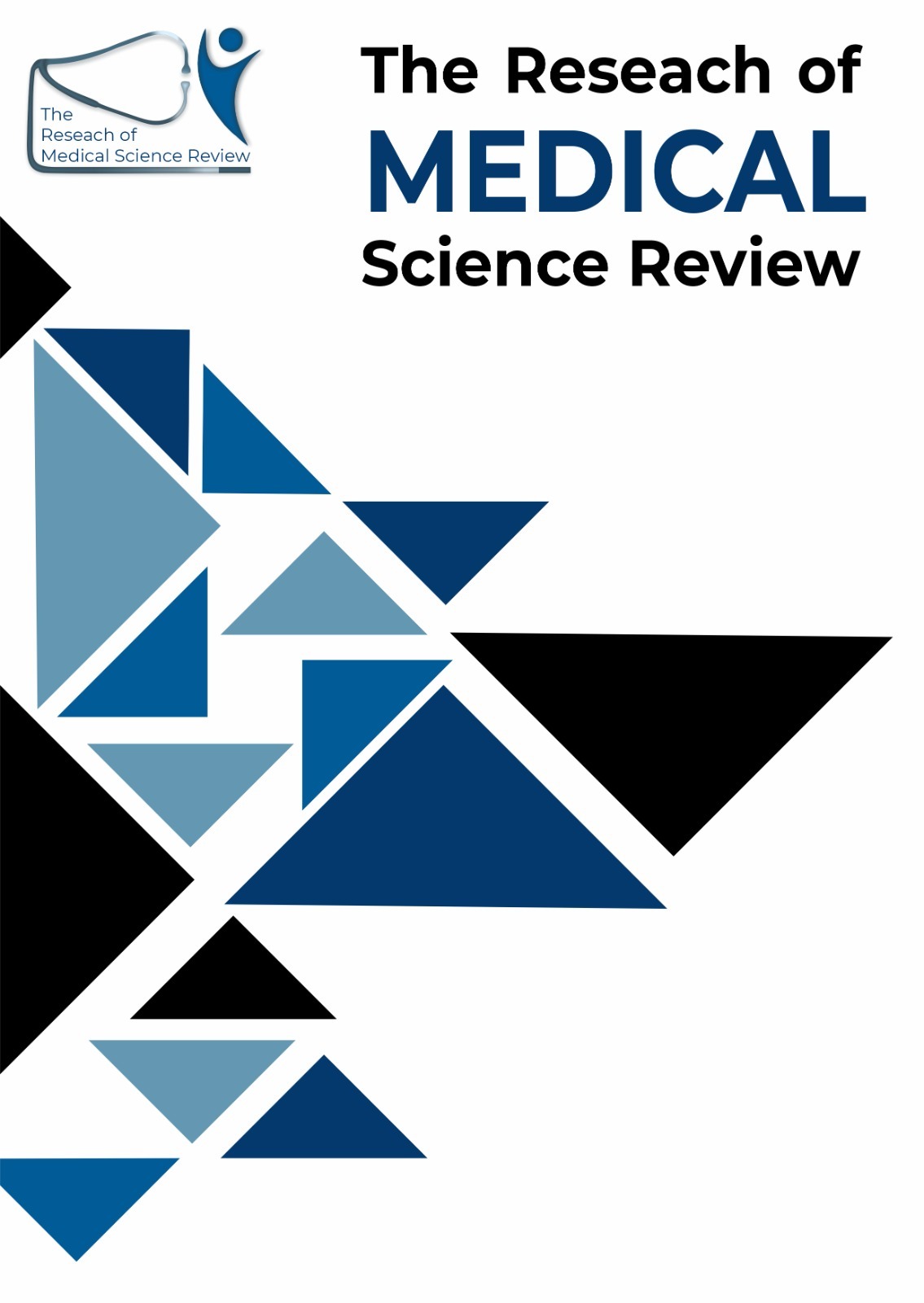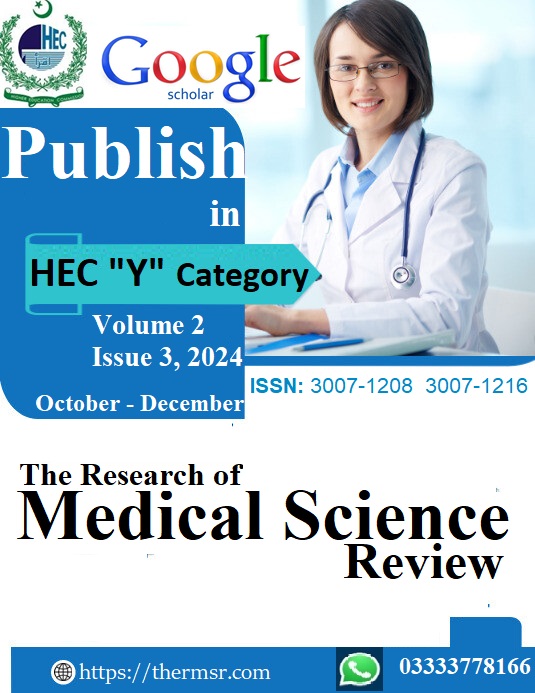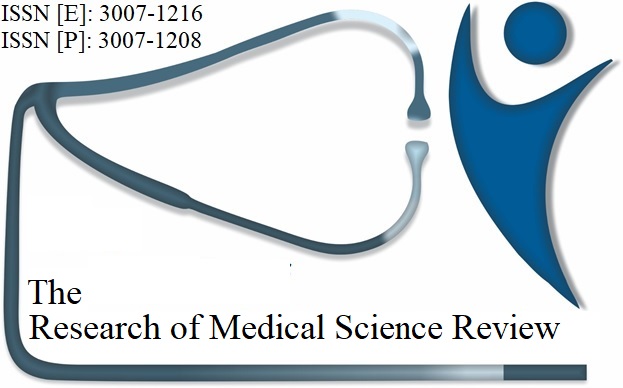KNOWLEDGE, ATTITUDE AND PRACTICE REGARDING NEEDEL STICK INJURY AMONG HEALTH CARE WORKERS AT TERTIARY CARE HOSPITALS IN BANNU, KHYBER PAKHTUNKHWA PAKISTAN
Keywords:
Needlestick injuries, occupational hazards, healthcare workers, knowledge, safety practices, Bannu, PakistanAbstract
Background: Needlestick injuries (NSIs) are critical occupational hazards for healthcare workers (HCWs) worldwide, leading to significant risks of transmitting bloodborne pathogens like hepatitis B (HBV), hepatitis C (HCV), and human immunodeficiency virus (HIV). Despite preventive measures and safety protocols, NSIs remain prevalent, particularly in resource-limited settings like Bannu, Pakistan. This study aims to explore knowledge, attitudes, and practices (KAP) regarding NSIs among HCWs in tertiary care hospitals in Bannu.
Objective: To assess the knowledge, attitudes, and practices of HCWs concerning NSIs and identify gaps to propose effective preventive strategies.
Methodology: A cross-sectional descriptive study was conducted from May to August 2022 among 226 HCWs in tertiary care hospitals in Bannu. Convenience sampling was used, and data were collected through structured questionnaires in English and Urdu. Data analysis was performed using SPSS version 20.0, employing descriptive and inferential statistics, including the Chi-square test, with a significance level of p < 0.05.
Results: The study had a 99.6% response rate. Among participants, 58.5% were male, and 41.5% were female. A significant proportion (55%) correctly identified the definition of NSIs, while 36.7% linked recapping needles to their occurrence. Only 38.6% of participants were aware of hospital protocols for managing NSIs. The majority (75.3%) recognized the risk of bloodborne infections due to NSIs. Nurses with 6–10 years of experience demonstrated better knowledge and practices, reflecting the positive influence of experience on competency.
Conclusion: Despite awareness of the risks associated with NSIs, gaps in adherence to safety protocols, reporting, and practice persist among HCWs. This study underscores the need for regular training, improved safety protocol dissemination, and fostering a safety culture in healthcare institutions to mitigate NSI-related risks and enhance HCWs' safety.
Downloads
Downloads
Published
Issue
Section
License

This work is licensed under a Creative Commons Attribution-NonCommercial-NoDerivatives 4.0 International License.















